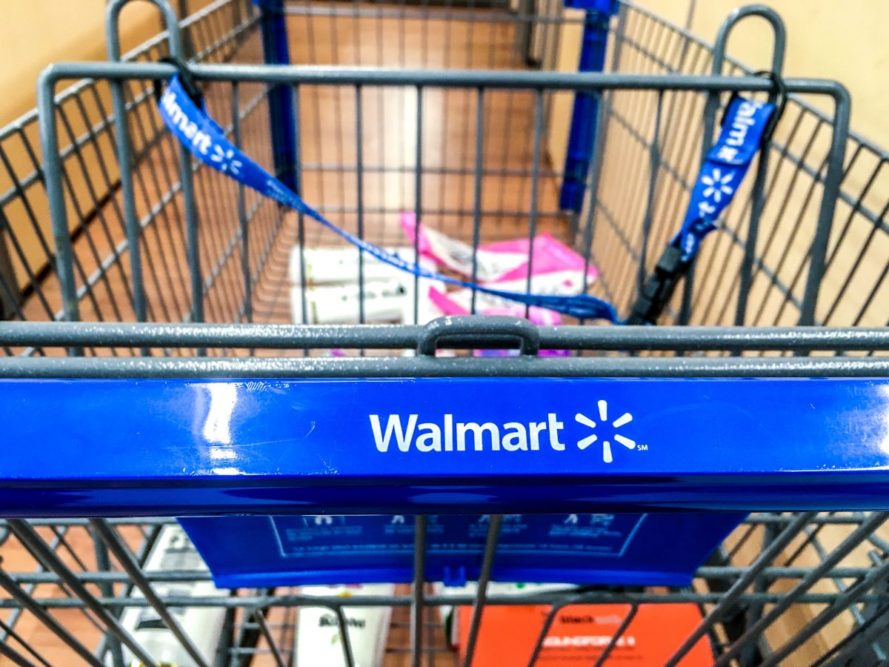BENTONVILLE, ARK. — Price gaps matter, and Walmart Inc. knows where to put its price gap to achieve profitable growth. That was the message delivered by C. Douglas McMillon, president and chief executive officer of Walmart, when asked by an analyst how aggressive the retailer needs to be on food pricing and private label in the current environment.
“We'll manage both actively,” Mr. McMillon said during a May 17 conference call with analysts to discuss first-quarter financial results. “And we do want customers to have lower prices on food, and we want to sell more general merchandise. And so we’ll partner with the suppliers on the food and consumable side to try and bring those costs down. The lead times in any general merchandise categories are longer.”
John R. Furner, president and CEO of Walmart US, said the retailer’s strategy must take into account the fact that Walmart serves many customers all across the country and in different geographies. It’s important that all customers are able to get the value they expect from shopping at Walmart, he said.
Mr. McMillon agreed, saying not all the retailer’s customers can absorb the price increases that are taking place.
“That's where they need our help,” he explained. “And so we do … stay focused on opening price point food items, loaf of bread, a gallon of milk, a can of tuna, mac and cheese, protein categories, are we helping a fan that's at the lower end of the income scale be able to afford to feed their families during this inflationary time. And given that stimulus checks happened last year, there was some benefit to some of those folks that is eroding over time. And as we look at the rest of the year, that's something that's on our mind.”
Mr. Furner added, “We still have this issue where we've got to make sure we're doing everything we can with our suppliers to manage our costs so that we can keep food pricing in a great spot for our consumers. We think about our price gaps every day. We talk about it every day, every week, and we manage those carefully. And what we need to do is work together with our supply base in categories like we mentioned, in proteins and dairy, where we see some switching from brands to private brands. And we see switching from gallons of milk to half gallons of milk as said this morning. We've got to do what we can in those categories to keep costs low.”
Net income at Walmart in the first quarter ended April 30 totaled $2.05 billion, equal to 75¢ per share on the common stock, down 25% from $2.73 billion, or 97¢ per share, in the same period a year ago. Operating income, meanwhile, was $5.32 billion, down 23% from $6.91 billion in the same period a year ago.
Net revenues improved 2.4% to $141.57 billion from $138.31 billion.
In the United States, operating income at Walmart US totaled $4.5 billion, down 18% from $5.5 billion in the same period a year ago. Net sales increased 4% to $96.9 billion from $93.2 billion.
The comments from the Walmart executives during the call led Robert Moskow, a research analyst at Credit Suisse, to lower his operating profit growth forecast, earnings-per-share and target price for the Bentonville-based retailer. Mr. Moskow wrote in a May 18 report that Credit Suisse now expects Walmart to shift to a more “inflexible stance” with vendors on food pricing.
“Packaged foods companies have generally celebrated how easy it has been to persuade grocer retailers to pass-through pricing to offset inflationary costs for inputs and supply chain disruption,” Mr. Moskow said. “However, Walmart management now says that they are ‘concerned’ about the rate at which food prices have risen in the country and that their team will need to do more with their supply base to keep costs low.”
The comments from Mr. McMillon and Mr. Furner suggest Walmart management may be “drawing a line in the sand” on future pricing, Mr. Moskow said. If that’s the case it may be difficult for the retailer’s vendors to offset the next stage of cost inflation, which is expected to take place in the second half of 2022 on grains, energy and packaging, he added.





